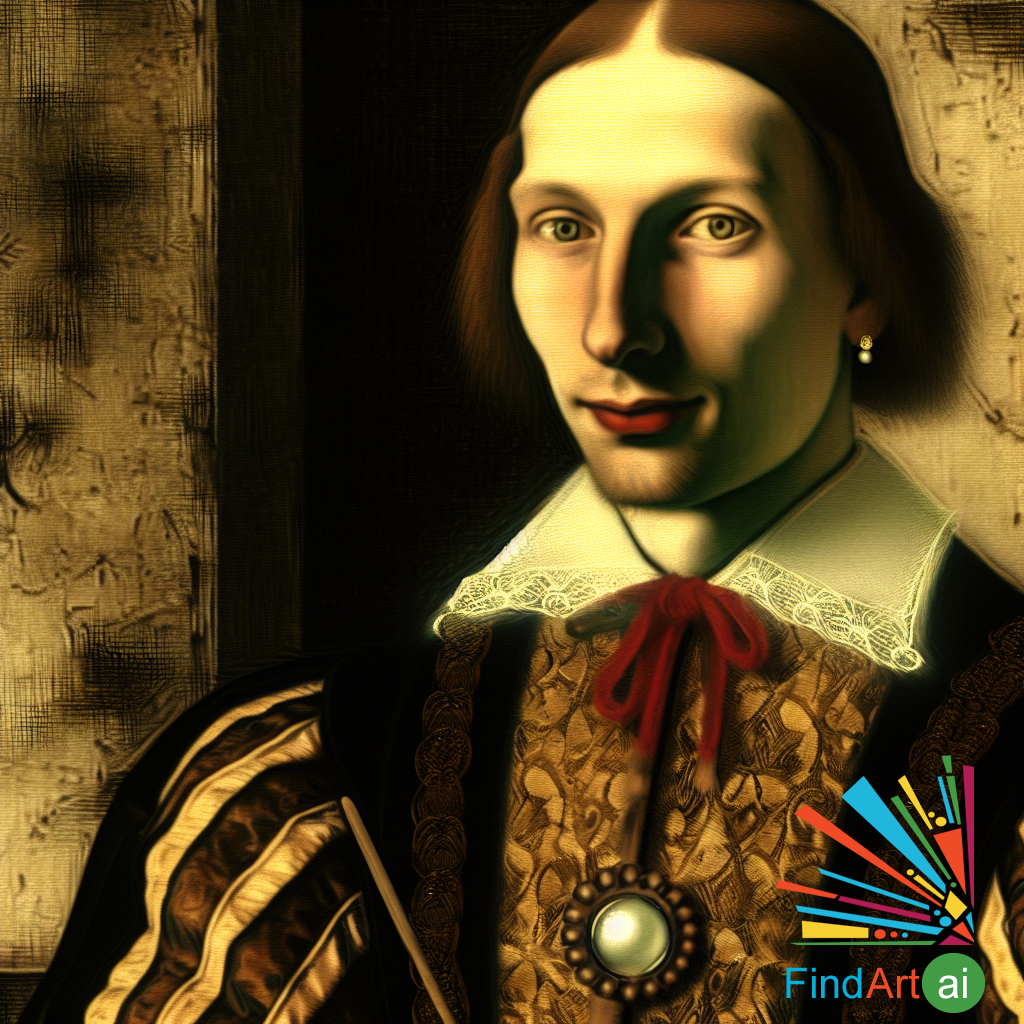Renaissance
Renaissance painting refers to the artistic style that developed during the European Renaissance, primarily from the 14th to the 17th century. It is characterized by a revival of interest in the classical ideals of ancient Greece and Rome, including balance, proportion, and humanism, and a focus on realism, depth, and perspective. Renaissance painters sought to depict the human form and the natural world in a lifelike, three-dimensional way, using techniques that emphasized harmony, clarity, and ideal beauty.
Key Characteristics of Renaissance Painting:
Realism and Naturalism:
- Renaissance painters focused on depicting subjects realistically, paying close attention to anatomy, proportion, and the accurate portrayal of the human body. Artists studied human anatomy to create lifelike figures and used shading (chiaroscuro) to give depth and volume to their forms.
- Example: Leonardo da Vinci’s Vitruvian Man, which exemplifies the ideal proportions of the human body based on classical concepts of symmetry and balance.
Linear Perspective:
- One of the greatest innovations of Renaissance painting was the use of linear perspective, which allowed artists to create the illusion of depth and three-dimensional space on a flat surface. This technique involved creating a vanishing point to which all lines converge, making objects appear smaller as they recede into the distance.
- Example: Masaccio’s The Holy Trinity, one of the first major works to use linear perspective, creating a convincing sense of architectural space in the background.
Humanism:
- Humanism, a central intellectual movement of the Renaissance, emphasized the importance of human experience, individuality, and intellect. Renaissance paintings often focused on human-centered themes, portraying the beauty, dignity, and complexity of human life.
- Example: Michelangelo’s The Creation of Adam, which highlights the human form in an idealized, yet realistic manner, and celebrates the connection between God and man.
Classical Themes and Mythology:
- Many Renaissance paintings drew inspiration from classical Greek and Roman mythology, literature, and history. Artists sought to revive the ideals of classical antiquity, often blending religious themes with mythological elements.
- Example: Sandro Botticelli’s The Birth of Venus, which depicts the Roman goddess Venus emerging from the sea, showcasing both mythological subject matter and idealized beauty.
Use of Light and Shadow (Chiaroscuro):
- Renaissance artists developed advanced techniques for depicting light and shadow, known as chiaroscuro, to create a sense of volume and depth. This use of strong contrasts between light and dark helped to model figures more realistically and give them a three-dimensional appearance.
- Example: Leonardo da Vinci’s The Last Supper, where light is used to create dramatic contrasts, emphasizing the figures and the emotional intensity of the scene.
Symmetry and Balance:
- Renaissance compositions were often carefully structured to create a sense of harmony, balance, and proportion. This reflected the classical ideals of order and beauty, with figures and architectural elements arranged symmetrically within the painting.
- Example: Raphael’s The School of Athens, which is renowned for its balanced composition and harmonious arrangement of figures, symbolizing the gathering of great philosophers.
Religious Themes:
- While classical subjects were important, many Renaissance paintings were religious in nature, particularly in Italy, where the Church was a major patron of the arts. Artists depicted biblical scenes with a focus on human emotion, realism, and spiritual significance.
- Example: Michelangelo’s frescoes on the ceiling of the Sistine Chapel, particularly The Creation of Adam, which reflects both religious devotion and the Renaissance fascination with human anatomy and beauty.
Common Themes in Renaissance Painting:
- Religious Narratives: The Catholic Church commissioned many Renaissance artworks, resulting in religious themes like the life of Christ, the Virgin Mary, and saints.
- Classical Mythology: Inspired by the rediscovery of classical texts, Renaissance artists frequently depicted scenes from Greek and Roman mythology.
- Portraiture: Renaissance painters began to emphasize individual portraiture, often depicting subjects with a focus on their personality, status, and character.
Famous Renaissance Painters and Works:
Leonardo da Vinci:
- One of the most iconic figures of the Renaissance, Leonardo’s works, such as The Mona Lisa and The Last Supper, are known for their realism, use of perspective, and subtle emotional expression.
Michelangelo:
- Michelangelo’s mastery of the human form is evident in his sculptures like David and his frescoes in the Sistine Chapel. His works reflect both a deep understanding of anatomy and a profound sense of spirituality.
Raphael:
- Raphael is famous for his harmonious and balanced compositions, as seen in The School of Athens, which celebrates the ideals of humanism and classical philosophy.
Sandro Botticelli:
- Known for his mythological subjects, Botticelli’s The Birth of Venus and Primavera are quintessential examples of the blend of classical themes and Renaissance beauty.
Titian:
- A master of color and emotion, Titian’s works, such as Assumption of the Virgin and Venus of Urbino, are known for their rich color palettes and dynamic compositions.
Renaissance painting is defined by its emphasis on realism, perspective, and humanism, drawing inspiration from classical antiquity. Artists developed new techniques such as linear perspective and chiaroscuro to create depth and lifelike representations, while their works often celebrated both religious themes and classical mythology. Renaissance painting marks a profound shift in the representation of the human form, space, and the natural world, influencing the development of Western art for centuries.
Renaissance Paintings with Portraiture Theme
Renaissance portraiture, whether of nobles, religious leaders, or intellectuals, celebrated the indi...

